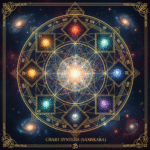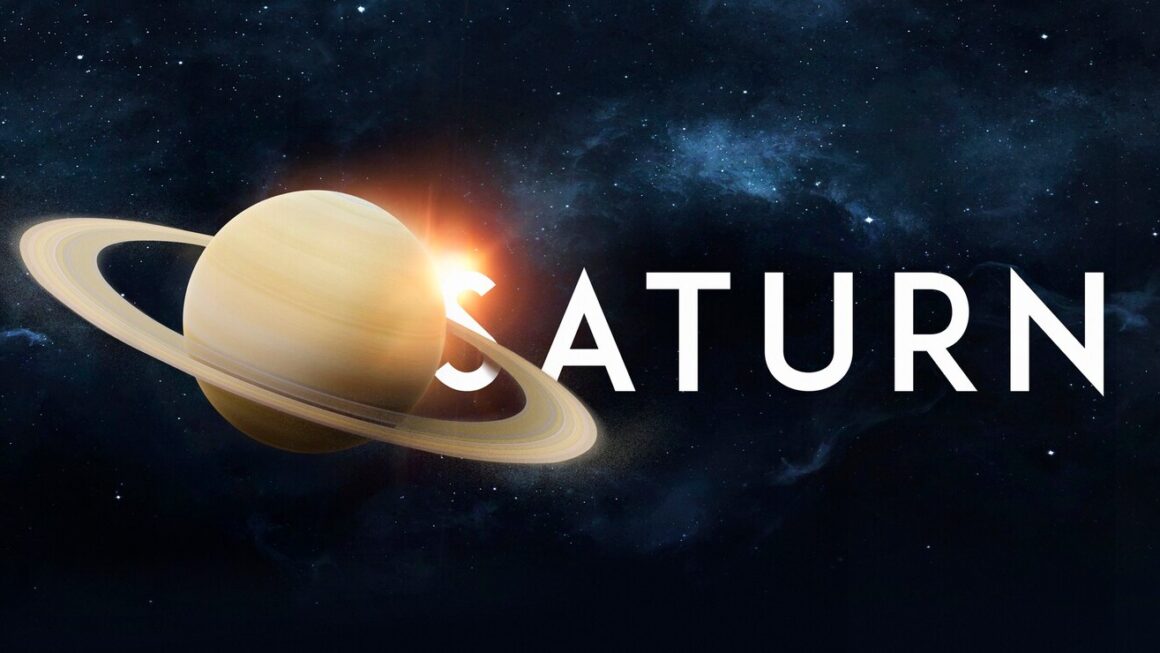Table of Contents
Have you ever wondered why life seems to shift gears—sometimes suddenly accelerating with opportunities, other times grinding to a frustrating halt with obstacles—even when your birth chart promises stability? The secret lies in the ceaseless, real-time movement of the planets as they cross the skies right now. In Vedic astrology (Jyotish), the mechanism for interpreting these current cosmic energies is known as Transits. Understanding transits is key to forecasting present circumstances, anticipating life’s timing, and preparing for inevitable changes. This guide delves into the essential practice of transits vedic astrology employs, explaining what they are, how they are interpreted, and why they are indispensable for predicting the dynamic flow of life.
Gochar Vedic Astrology: The Cosmic Clock in Motion
Before exploring the mechanics, let’s understand the importance of this dynamic method. While the birth chart (Rasi D1) is the static map of potential—the photograph taken at birth—transits represent the movie that is playing out on that map every moment thereafter.
(Opinion): Transits (known in Sanskrit as Gochar) are the most fundamental predictive tool in Vedic astrology, providing the necessary context for timing and activating the potentials promised in the birth chart. They represent the current, dynamic influence of the planets on an individual’s life.
(Reason): Why are transits so vital? A planet’s placement in your birth chart (natal chart) signifies a permanent potential; however, that potential is activated, amplified, or suppressed by the planet’s movement in the present moment. For example, your chart might promise a career promotion (Raja Yoga), but the promotion will only materialize when the current planetary transits (Gochar) of key planets like Jupiter (fortune) and Saturn (structure/delay) align favorably with your natal career houses. Transits act as the external stimuli, the current cosmic weather, against the fixed landscape of your destiny.
(Example): A person with excellent financial potential (Dhana Yogas) may experience a massive income boost when transiting Jupiter crosses their natal 11th house (gains) or aspects their natal 2nd house (wealth). Conversely, a period of health struggle may coincide with transiting Saturn crossing the 1st house (health) or the 8th house (chronic issues). Transits provide the timing mechanism.
(Opinion/Restatement): Therefore, gochar vedic astrology utilizes is not just an optional add-on; it is the essential predictive layer that shows when and how the static potentials of the natal chart are being triggered by the cosmos. It reveals the current opportunities and challenges.
What Are Transits? Mechanics of the Current Sky
(Pattern Spotting): How is a transit calculated and interpreted in Jyotish?
The Core Definition: A transit is the position of a planet in the current sky relative to the planets and houses in the fixed natal chart.
The Method: To interpret a transit, the current position of the transiting planet is analyzed in relation to:
- The Natal Moon (Chandra Lagna): This is the most crucial point. In fact, many astrologers primarily read transits from the Moon’s natal position (known as Chandra Lagna or Janma Rasi) because the Moon represents the mind and emotional experience. A transit is judged by its position (house placement) relative to the Moon’s natal sign.
- The Natal Ascendant (Lagna): Transits are also analyzed from the Ascendant (Lagna) to assess their impact on the physical body, the personality, and external events.
- Natal Planets: Transits are analyzed as they cross over or aspect natal planets. For example, transiting Saturn crossing over natal Moon (Sade Sati’s final phase) is highly significant.

The Planetary Speeds (The Different Layers of Gochar):
The impact of a transit is directly proportional to the planet’s speed. Slower-moving planets indicate longer, more fundamental life shifts, while faster planets indicate quick changes in mood or daily life.6
| Planet | Speed/Duration in a Sign | Impact |
| Saturn | ~2.5 years (Slowest) | Major life cycles, discipline, long-term karma (e.g., Sade Sati). |
| Jupiter | ~1 year | Fortune, growth, major opportunities, dharma, life philosophy. |
| Rahu/Ketu | ~1.5 years | Karmic lessons, obsessions, transformations, sudden events. |
| Mars | ~45 days | Energy, conflict, assertiveness, quick action. |
| Sun | ~30 days | Focus, vitality, authority, ego, monthly shifts. |
| Venus/Mercury | ~30 days | Day-to-day communication, finance, romance, socializing. |
| Moon | ~2.25 days (Fastest) | Daily emotional fluctuations and public interactions. |
Planetary Transits: Analyzing the Key Players
The planetary transits of the two major slow-moving planets—Jupiter and Saturn—are the most significant, defining major phases of a person’s life for years at a time.
Jupiter Transits (Growth and Fortune)
Jupiter, the great benefic, brings blessings, expansion, and opportunities for wisdom and growth.
- Auspicious Transits: Jupiter’s transit into the 2nd (wealth), 5th (children/intellect), 7th (marriage/partnership), 9th (fortune/dharma), and 11th (gains) houses from the Natal Moon (Chandra Lagna) is generally considered highly favorable, bringing financial luck, educational success, relationship stability, or career growth.
- Challenging Transits: Jupiter transiting the 1st (self/health) or 8th (obstacles) houses from the Moon can still bring growth but often introduces initial challenges related to health, self-esteem, or unforeseen difficulties that force personal expansion.
Saturn Transits (Discipline and Challenge)
Saturn, the planet of structure, discipline, and karma, brings lessons, obstacles, and the necessity of hard work.8
- Auspicious Transits: Saturn transiting the 3rd (courage/effort), 6th (victory over enemies/health), and 11th (gains/fulfillment) houses from the Natal Moon is generally considered beneficial, providing stability, reward for hard work, and victory over adversaries.
- Challenging Transits: The most challenging Saturn transits are when it crosses the 1st, 2nd, 4th, 7th, 8th, or 10th houses from the natal Moon. The period of Sade Sati (Saturn transiting the 12th, 1st, and 2nd houses from the Moon) is the most famous example, lasting approximately 7.5 years and bringing major life lessons, structural changes, and difficulties.
The Integrated Reading: Transits vs. Dashas
(Value): For accurate predictive astrology, transits are never read in isolation. They must be synthesized with the Vimshottari Dasha system (planetary periods), which represents the internal clock of the chart.
- Dashas Define the Topic (Internal): The Dasha Lord determines the major theme of the current life phase (e.g., the Dasha of the 10th Lord brings focus to career).
- Transits Define the Timing (External): Transits show when events related to that Dasha Lord will manifest. A difficult Dasha might mean financial stress, but the stress will peak when transiting Saturn afflicts the 2nd house or when transiting Jupiter is not supporting the 11th house.
- The Activation Rule: A major event (like a new job, marriage, or birth of a child) is predicted when the Dasha Lord promises the event AND the transits of Jupiter and Saturn align favorably with the relevant houses (e.g., Jupiter transits the 7th house AND the Dasha is running of a planet connected to the 7th house).
Conclusion: Navigating the Flow of Time
Transits are the dynamic pulse of the cosmos, providing continuous insight into the flow of time and its influence on your destiny. Understanding what are transits and how they interact with your fixed natal chart is essential for anticipating challenges, seizing opportunities, and planning major life changes.The complexity of the gochar system requires meticulous attention to the speeds and significations of all nine planets, particularly the life-defining movements of Saturn and Jupiter. By diligently tracking these current planetary movements, you move beyond the static map of the birth chart and gain the wisdom to actively navigate the ever-changing tides of your life.











